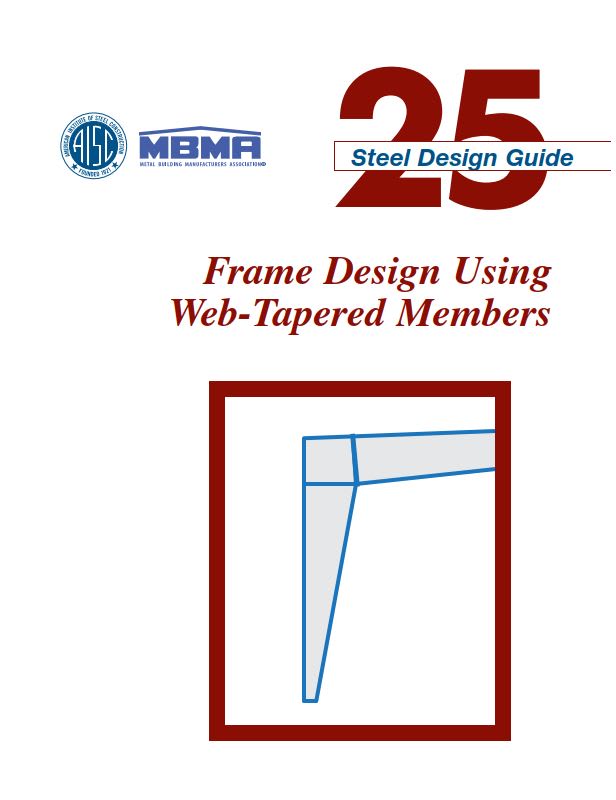Martino8
Structural
- May 27, 2021
- 21
Looking for guidance regarding structural design for pre-fabricated metal buildings.
We're talking the classic structural steel moment frame "bents" with light gauge purlins & girts with metal deck/siding.
Seems like the standard in the US is for these structures to be designed by the supplier (usually with in house privately developed software).
But let's say an independent engineer wanted to separately analyze this type of building.
What sort of software package would be best suited for the commonly used tapered built-up members etc?
We're talking the classic structural steel moment frame "bents" with light gauge purlins & girts with metal deck/siding.
Seems like the standard in the US is for these structures to be designed by the supplier (usually with in house privately developed software).
But let's say an independent engineer wanted to separately analyze this type of building.
What sort of software package would be best suited for the commonly used tapered built-up members etc?


